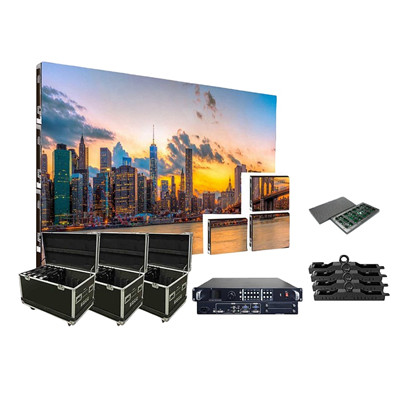Resistive and capacitive touch screens are two different types of touch screen technologies, each with its own set of characteristics and advantages. Here’s a comparison of resistive and capacitive touch screens:
1. Technology:
- Resistive: Resistive touch screens consist of two flexible layers with a resistive coating separated by insulating dots. When pressure is applied to the top layer, it makes contact with the bottom layer, completing a circuit.
- Capacitive: Capacitive touch screens use a layer of conductive material (usually indium tin oxide, ITO) that covers the glass surface. When touched, the screen detects changes in capacitance caused by the conductive object (e.g., a finger) coming into contact with it.
2. Sensitivity:
- Resistive: Resistive screens require physical pressure to register a touch. They are less sensitive and may not respond to light touches or gestures involving multiple fingers.
- Capacitive: Capacitive screens are highly sensitive and respond to even the lightest touch. They support multi-touch gestures and provide a more intuitive user experience.
3. Accuracy:
- Resistive: Resistive screens may have lower accuracy due to the pressure required for touch registration, leading to potential errors or inaccuracies.
- Capacitive: Capacitive screens offer high accuracy and precision, making them suitable for tasks that require precise touch inputs.
4. Multi-Touch Support:
- Resistive: Traditional resistive screens typically do not support multi-touch gestures, limiting their functionality in modern devices.
- Capacitive: Capacitive screens support multi-touch gestures, enabling features like pinch-to-zoom, two-finger scrolling, and rotation.
5. Clarity:
- Resistive: Resistive screens can be less clear than capacitive screens because they usually have additional layers that may affect the display’s visibility.
- Capacitive: Capacitive screens are typically made of glass, which provides excellent clarity and visibility.
6. Durability:
- Resistive: Resistive screens are durable in terms of resistance to physical damage but may wear out over time with heavy use.
- Capacitive: Capacitive screens are also durable and resistant to scratches. They have a longer lifespan compared to some other touch technologies.
7. Glove-Friendly:
- Resistive: Resistive screens can work with gloves, making them suitable for certain industrial or outdoor applications.
- Capacitive: Capacitive screens may not work with most gloves, but some specialized capacitive screens are designed to be glove-friendly.
8. Cost:
- Resistive: Resistive touch screens are generally less expensive to produce, making them a cost-effective option for some applications.
- Capacitive: Capacitive touch screens are typically more expensive due to the higher cost of materials and technology.
9. Application:
- Resistive: Resistive touch screens are commonly found in industrial control panels, ruggedized devices, and some older consumer electronics.
- Capacitive: Capacitive touch screens are the dominant technology in modern consumer electronics, including smartphones, tablets, and many other touch-enabled devices.
In summary, resistive touch screens are characterized by their durability and lower cost but lack the sensitivity, accuracy, and multi-touch support of capacitive touch screens. Capacitive touch screens, on the other hand, offer high sensitivity, accuracy, multi-touch support, and a superior user experience, making them the preferred choice for most modern touch-enabled devices. The choice between the two depends on the specific requirements of the application.















